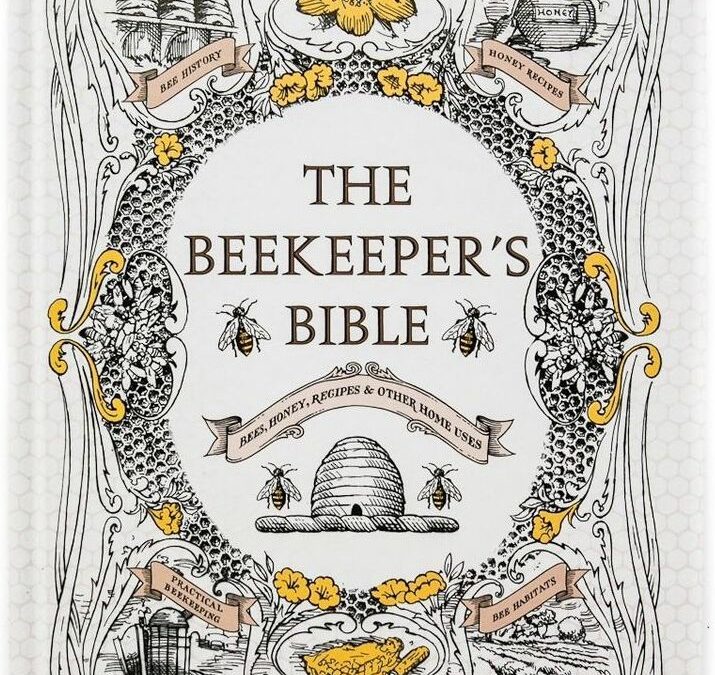Starting beekeeping in your backyard can be a rewarding and environmentally beneficial hobby. Here’s a step-by-step guide to help you get started:
- Educate Yourself: Before you start, it’s crucial to learn about beekeeping. There are numerous online resources, books, and local beekeeping associations that can provide valuable information about beekeeping practices, equipment, and the behavior of bees.
- Local Regulations: Check with your local authorities about any regulations or permits required for beekeeping in your area. Some places have rules regarding the number of hives, distance from property lines, and safety precautions.
- Attend Workshops or Join a Beekeeping Club: Consider attending workshops, classes, or joining a local beekeeping club. Learning from experienced beekeepers can provide practical knowledge and insights.
- Gather Equipment: You’ll need basic beekeeping equipment, including:
- Hive: The most common hive type is Langstroth, but there are other options like top-bar and Warre hives.
- Beekeeping Suit: A protective suit, gloves, and a veil to shield yourself from bee stings.
- Smoker: A tool used to calm the bees and manage their behavior during inspections.
- Hive Tool: A scraper tool for separating hive components and frames.
- Bee Brush: Used to gently remove bees from frames during inspections.
- Frames and Foundation: These provide structure for the bees to build comb.
- Choose a Hive Location: Find a suitable location for your beehive. It should receive plenty of sunlight, be sheltered from strong winds, and have a source of water nearby. Ideally, the hive entrance should face south or southeast.
- Obtain Bees: You have a few options for acquiring bees:
- Package Bees: A package of bees with a queen can be purchased and introduced to the hive.
- Nucleus Colonies (Nucs): These are small, established colonies with bees, brood, and a queen.
- Swarm Capture: In some cases, you may be able to capture a wild swarm (a group of bees leaving their original hive to establish a new one).
- Install Bees: Follow the instructions provided with your package bees or nuc to properly introduce them to the hive. Ensure they have access to food (sugar water or honey) until they can forage on their own.
- Regular Inspections: Regularly inspect the hive to check for the health of the colony, the presence of pests or diseases, and to ensure that the bees have enough space to grow. This is also a time to add or remove frames as needed.
- Harvesting Honey: When the colony is strong and has surplus honey, you can harvest some of it. Make sure to leave enough honey for the bees to sustain themselves over the winter.
- Manage Pests and Diseases: Be vigilant about monitoring and managing common pests and diseases that can affect bee colonies, such as Varroa mites and American foulbrood.
- Winter Preparation: Before winter, make sure the bees have enough honey stores to last through the cold months. You may need to insulate the hive and provide windbreaks to help the colony survive.
Remember that beekeeping requires dedication, ongoing learning, and responsible management. It’s important to be respectful of the bees and their needs and to always prioritize their well-being.

